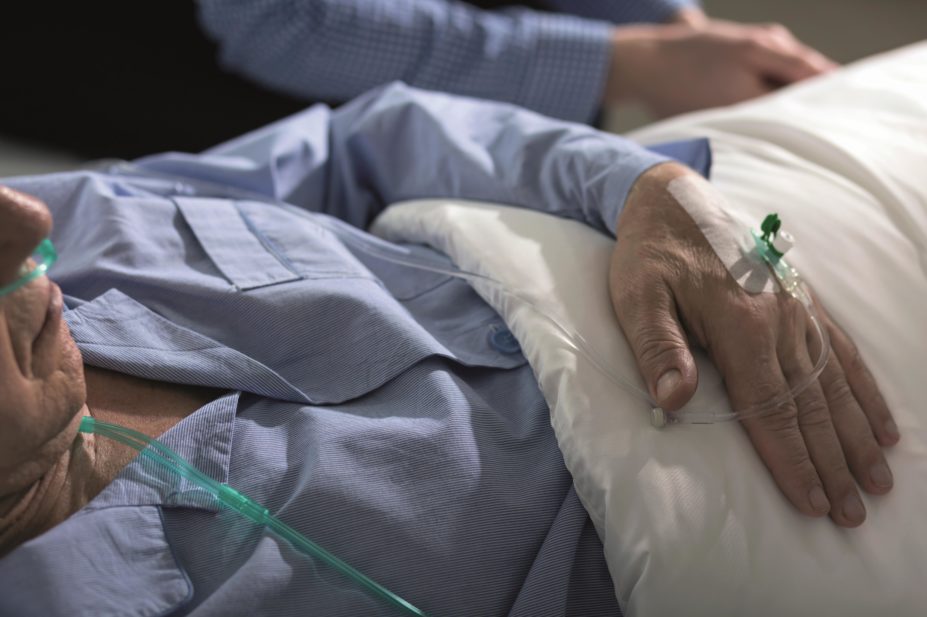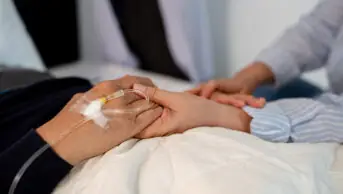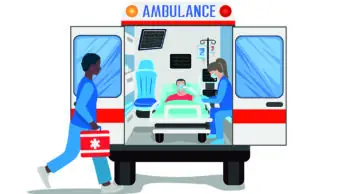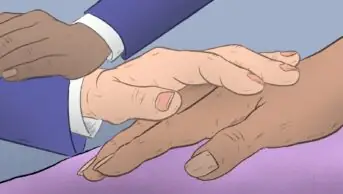
Shutterstock
More than a third of older patients who are facing the end of their lives in acute hospitals are given unnecessary drugs, according to new research.
Researchers found that, on average, 38% (range 11– 75%) of terminally ill patients were given antibiotics, cardiovascular, digestive and endocrine treatments, which offered no health benefit.
They also found that an average of 30% (range 7–77%) of patients approaching death were subjected to other unnecessary invasive procedures and treatments, including dialysis, radiotherapy and transfusions.
Reporting their findings in the International Journal for Quality in Health Care
[1]
(online, 27 June 2016), the authors used data from 1.2 million patients, bereaved relatives and clinicians from 38 studies across the world, including the United States, Canada, Europe, Brazil, Taiwan, South Korea and Australia. All treatment and procedures were carried out in the last six months of life.
The results show that non-beneficial tests were performed on 33–50% of patients who had do-not-resuscitate orders, while the intensive care unit (ICU) admission rate, which involved non-beneficial treatment (NBT) for end-of-life patients, was 10% (95% confidence interval [CI] 0–33%).
The rate of non-beneficial chemotherapy given to patients in their last six weeks of life was 33% (95% CI 24–41%); the mean prevalence of resuscitation attempts for advanced stage patients was 28% (range 11–90%). They also found that the average rate of death in ICUs was 42% (range 11–90%), while the rate in a hospital ward was 44.5% (range 29–60%).
“This review has confirmed widespread use of non-beneficial treatments (NBTs) at the end of life in acute hospitals,” the authors say. “While a certain level of NBT is inevitable, its extent, variation and justification need further scrutiny.”
They add that “perpetuation of false hope; scarcity of healthcare resources; staff dissatisfaction with anticipated poor outcomes; and imbalanced utilisation of [already scarce] resources should be sufficient deterrents for excessive, non-beneficial responses to terminal illness”.
“The long-held perception of death as treatment failure still leads to prolongation of treatment and it is seen as ‘the default option’ for patients presenting to emergency departments,” the authors conclude. “These perceptions continue to drive the medicalisation of death, prolongation of patient suffering and prevent high-quality end-of-life care.”
Commenting on the study, Margaret Hook, who used to work as the principal pharmacist at St Peter’s Hospice in Bristol, says: “There are many complex reasons why NBTs are needed and it is difficult to discount them in general.”
For instance, some patients or families request interventions or treatments because of a significant family event, for example, a wedding, she says. “Treatments are used to ensure there is time to prepare for the event and for the patient to be involved in it.”
Some tests are ordered to assess for reversible symptoms, such as shortness of breath caused by anaemia or chest infection, Hook adds. “Some antibiotics may be [ordered] for fumigating wounds which, if they are not controlled, reduce the quality of life for patients, family and staff… as it could stop physical contact due to offensive odour.”
Hook also notes that hormone treatments are sometimes used to control symptoms. Also, some treatments, such as radiotherapy, are required to reduce pain or fracture risk, while chemotherapy can be required to reduce obstructive symptoms caused by pancreatic tumours.
References
[1] Cardona-Morrell M, Kim JCH, Turner RM et al. Non-beneficial treatments in hospital at the end of life: a systematic review on extent of the problem. International Journal for Quality in Health Care 2016. doi: 10.1093/intqhc/mzw060


